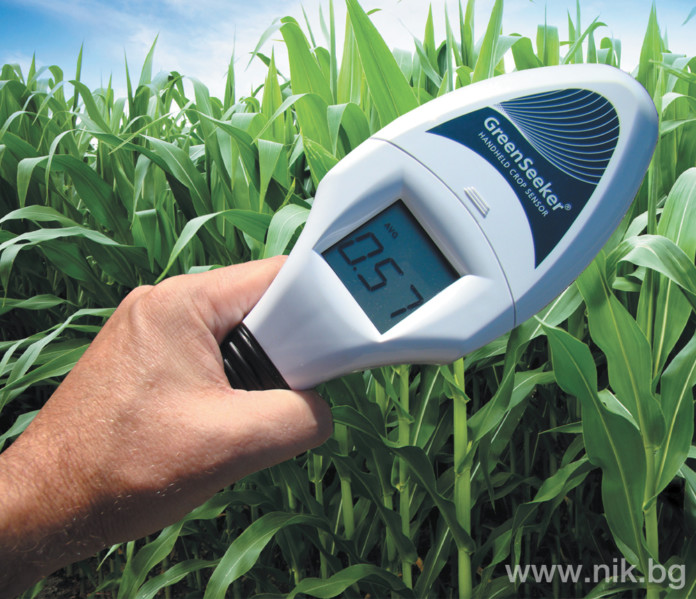Thamna, about an hour north of Anand in Gujarat, uses solar panels to power water pumps that irrigate the fields of farmers. Solar energy pump is one of the technologies being promoted by a new project designed to help rural Indians adapt to climate change. The project, run by the international NGO, the Consultative Group for International Agriculture Research program on climate change, agriculture and food security (CCAFS), aims to create 1,000 so-called climate smart villages across six Indian states including Haryana, Punjab and Gujarat.
Haryana and Punjab are known as the grain basket states of India, producing the majority of the country’s staple wheat and basmati rice for export to the Middle East and European markets. The pumping of groundwater for irrigation over the past thirty years has led to a spike in productivity and increased food security.
A recent study by the Indian Agricultural Research Institute indicates that climate change may reduce wheat yields in India between 6% and 23% by 2050. Environmental problems such as depleting groundwater and variable rains – delayed monsoons and intense rainfall – limit yields. Indian farmers also typically use almost twice the amount of fertilizer needed, damaging soil, contaminating groundwater and adding to greenhouse gas emissions.
For rural communities in Haryana and Punjab the issue now is how to meet these new challenges, introduce more sustainable practices of farming and still increase yields and profits.
The pilot solar energy pump in addition to energy provides a financial incentive for farmers to conserve water because they can sell energy back to the grid, thus helping to relieve stress on depleted aquifers.
Other climate-smart interventions include laser-guided land leveling of fields, which can conserve 20% of water resources and increase yields by 15% through greater precision in seeding, tillage and measuring the moisture of soils.
Handheld crop sensors called Green Seeker is another gadget that helps in assessing crop health. A mobile phone app also helps calculate how much fertilizer to apply throughout the growing season.
While climate unpredictability has made farming more difficult in the past, these smart technologies are certain to boost farmers’ confidence and income.










